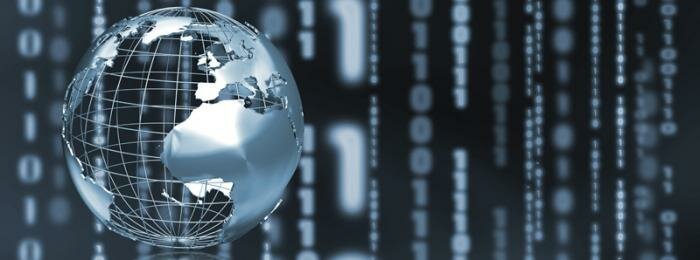The Role of Technology in Modern Courtroom Proceedings: A Comprehensive Guide for Legal Professionals
In contemporary legal practice, technology has emerged as an indispensable ally, reshaping the landscape of courtroom proceedings and aligning with the purposes of academic writing. Its role encompasses an array of tools and systems designed to optimize legal processes, elevate efficiency, and bolster the quality of presentations. Recognizing and comprehending the significance of technology in modern legal proceedings is paramount for legal professionals aiming to navigate the evolving contours of the legal sphere successfully.
Types of Technology Used in Modern Courtrooms
The integration of technology within modern courtrooms spans a wide spectrum, revolutionizing various facets of legal practice:
- Presentation software like PowerPoint has become ubiquitous, enabling lawyers to deliver compelling and visually engaging arguments.
- Video conferencing tools such as Zoom and Skype have facilitated seamless connectivity, allowing remote participation and eliminating geographical barriers.
- Electronic evidence management systems and courtroom recording and transcription software have redefined evidence organization, offering a systematic and accessible approach to managing case-related information.
- Virtual reality and simulations have transformed the presentation of complex evidence, enabling judges and juries to visualize scenarios, enhancing comprehension.
Benefits of Technology in Courtroom Proceedings
The infusion of technology yields a myriad of advantages in legal proceedings:
- Efficiency and time-saving mechanisms expedite processes that historically consumed substantial time and resources.
- Technology augments the organization and accessibility of evidence, presenting a more coherent and persuasive case to judges and juries.
- Remote participation capabilities ensure accessibility, enabling stakeholders to engage in proceedings irrespective of their geographical location.
- Reduction in paperwork streamlines administrative burdens and contributes to cost-effectiveness.
Challenges and Limitations
Despite its transformative potential, technology in the courtroom presents challenges that demand careful consideration:
- Technical glitches and system failures can disrupt proceedings, potentially impacting the delivery of justice.
- Concerns regarding security and privacy necessitate robust measures to safeguard sensitive information and maintain the integrity of legal processes.
- Bridging the gap in technological literacy among legal professionals and stakeholders is crucial to ensuring seamless integration and adoption.
- Disparities in access to technology may exacerbate inequalities within the legal system, emphasizing the need for equitable technological access for all participants.
Best Practices for Utilizing Technology in the Courtroom
To navigate these challenges effectively, implementing best practices is imperative:
- Rigorous pre-trial preparation and comprehensive testing of technology minimize the risk of disruptions during proceedings.
- Continuous training and education programs for legal professionals ensure proficiency in leveraging technology to its fullest potential.
- Ensuring compatibility and reliability of technology, coupled with robust cybersecurity measures, forms the cornerstone of a secure and efficient courtroom environment.
- Addressing accessibility concerns for all parties involved promotes inclusivity within the legal process, fostering a fair and just system.
Future Trends in Technology and the Courtroom
Looking ahead, the trajectory of technology in the courtroom holds promising prospects:
- Artificial intelligence and machine learning are poised to revolutionize case analysis and prediction models, augmenting legal decision-making processes.
- Blockchain technology offers potential applications in evidence management, providing transparent and immutable records.
- Advancements in virtual and augmented reality present innovative tools for immersive courtroom experiences, enabling stakeholders to visualize complex scenarios.
- The continued integration of remote proceedings is likely to become more prevalent, reshaping the dynamics of how legal proceedings are conducted.
Conclusion
In summary, the role of technology in modern courtroom proceedings is instrumental and transformative. Its impact extends beyond mere efficiency gains, encompassing the very fabric of legal practice. Striking a balance between innovation and adherence to legal principles is imperative for fostering fairness, efficiency, and accessibility within the legal sphere. Embracing ongoing advancements and adaptation to technological changes is crucial for legal professionals navigating the evolving landscape of legal technology.

